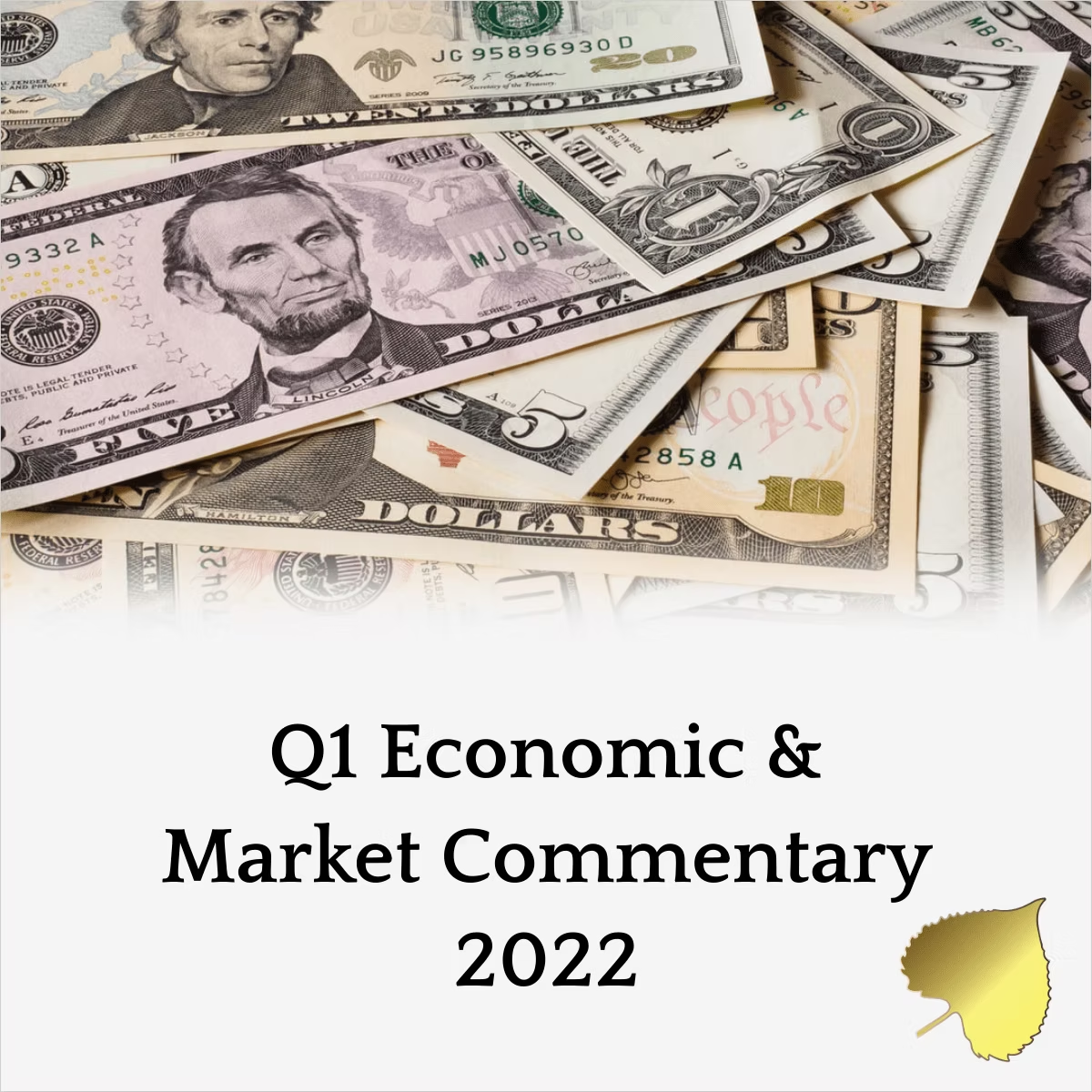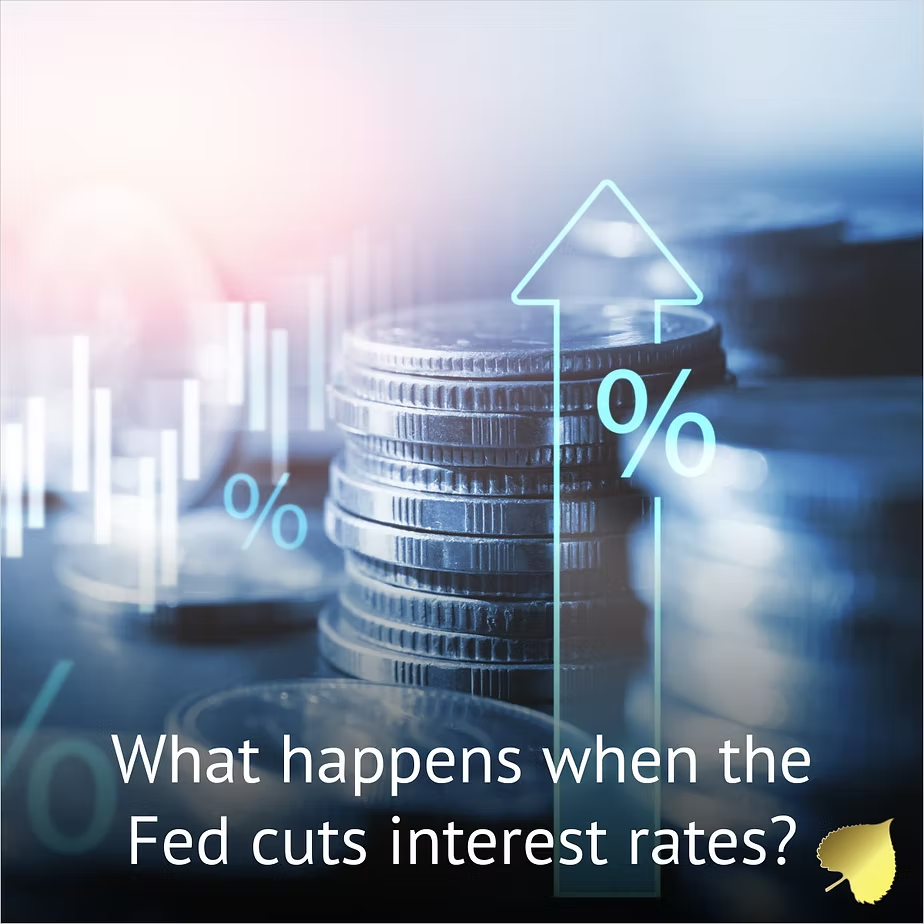ECONOMY
U.S. equities suffered their first quarterly loss in two years, as investors weighed the ongoing risks presented by soaring inflation, supply chain constraints, and the war between Russia and Ukraine.
The February CPI print posted a new 40-year high of +7.9%, topping Q4 2021’s print of +6.8%, further showing that inflation is not as “transitory” as the Fed expected. In fact, Fed Chair Jerome Powell officially retired the Fed’s use of “transitory” in describing the outlook on inflation. In an attempt to tame inflation, the Fed finally began its long-anticipated tapering of asset purchases in mid-March, and raised the Federal Funds Rate by 25 bps. While the market originally priced in 2-3 rate hikes during 2022, that number has now moved into the 7 to 9 range, giving investors even further uncertainty to digest.
Russia’s invasion of Ukraine at the end of February added fuel to the fire and contributed to the volatility in the equity market. Supply chains were further impacted, and commodity prices accelerated to the upside as the West imposed sanctions on Russia’s economy. However, despite all this uncertainty, the U.S. equity market rebounded sharply during the month of March, paring back half of the losses it had accumulated during the first two months of the quarter.
DOMESTIC EQUITY
US Equities have spent much of the last 2 years remaining resilient despite the persistent uncertainty that the COVID pandemic brought on to the US economy. However, equities finally took a breather in Q1 2022, as large caps pulled back -4.6% for the quarter. Small caps, as represented by the Russell 2000, retreated -7.5%. The first half of the year will likely remain volatile as markets navigate commodity and economic growth shocks while simultaneously shifting to a higher yield environment.
INTERNATIONAL EQUITY
International equities experienced a bout of volatility during Q1 as investors weighed the economic impacts of the war between Russia and Ukraine. Developed market equities lost -4.8% for the quarter, while their emerging market counterparts fell -7.0%.
FIXED INCOME
Fixed Income experienced a weak quarter from a return standpoint. Usually seen as a safe haven during times of uncertainty, the Bloomberg U.S. Aggregate Bond Index fell -5.9% during the quarter. The broad fixed income market suffered as rising inflation, along with the unwinding of easy liquidity from the Fed, caused bond prices to come down.





